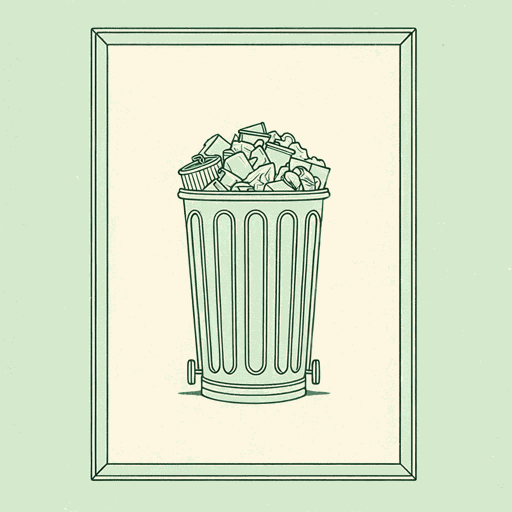38 pages • 1 hour read
Annie LeonardThe Story of Stuff: How Our Obsession with Stuff is Trashing the Planet, Our Communities, and Our Health—and a Vision for Change
Nonfiction | Book | Adult | Published in 2010A modern alternative to SparkNotes and CliffsNotes, SuperSummary offers high-quality Study Guides with detailed chapter summaries and analysis of major themes, characters, and more.
Chapter 4-EpilogueChapter Summaries & Analyses
Chapter 4 Summary: “Consumption”
In extraction, processing, and distribution, the consumer doesn’t play a direct role. They become significant in consumption. Cool Stuff is a common trope in pop culture. Our heroes are treasured not only for their personalities, but also for their possessions. Leonard draws a distinction between using goods and services to meet ones needs, or “consumption in the abstract,” (144) and consumerism and overconsumption. We should not define our self-worth through the things we own. To highlight the excesses of consumption, Leonard cites the death of a temporary worker from Haiti named Jdimytai Damour who was trampled to death at a Walmart on Black Friday in 2008.
Consumption is described as a patriotic duty that keeps the economy running and provides jobs. Before World War II, the economy largely ran on production and extraction. In the post-war period, consumption became the primary economic driver. Two-thirds of the American economy is spent on consumer goods. Despite this, Americans are unhappy. Citizens of the Congo, which at this point in time was war torn, reported higher happiness levels than Americans. American is caught in the “work-watch-spend” (157) treadmill. America has driven global consumer buying, but consumption of Stuff is rising globally.

